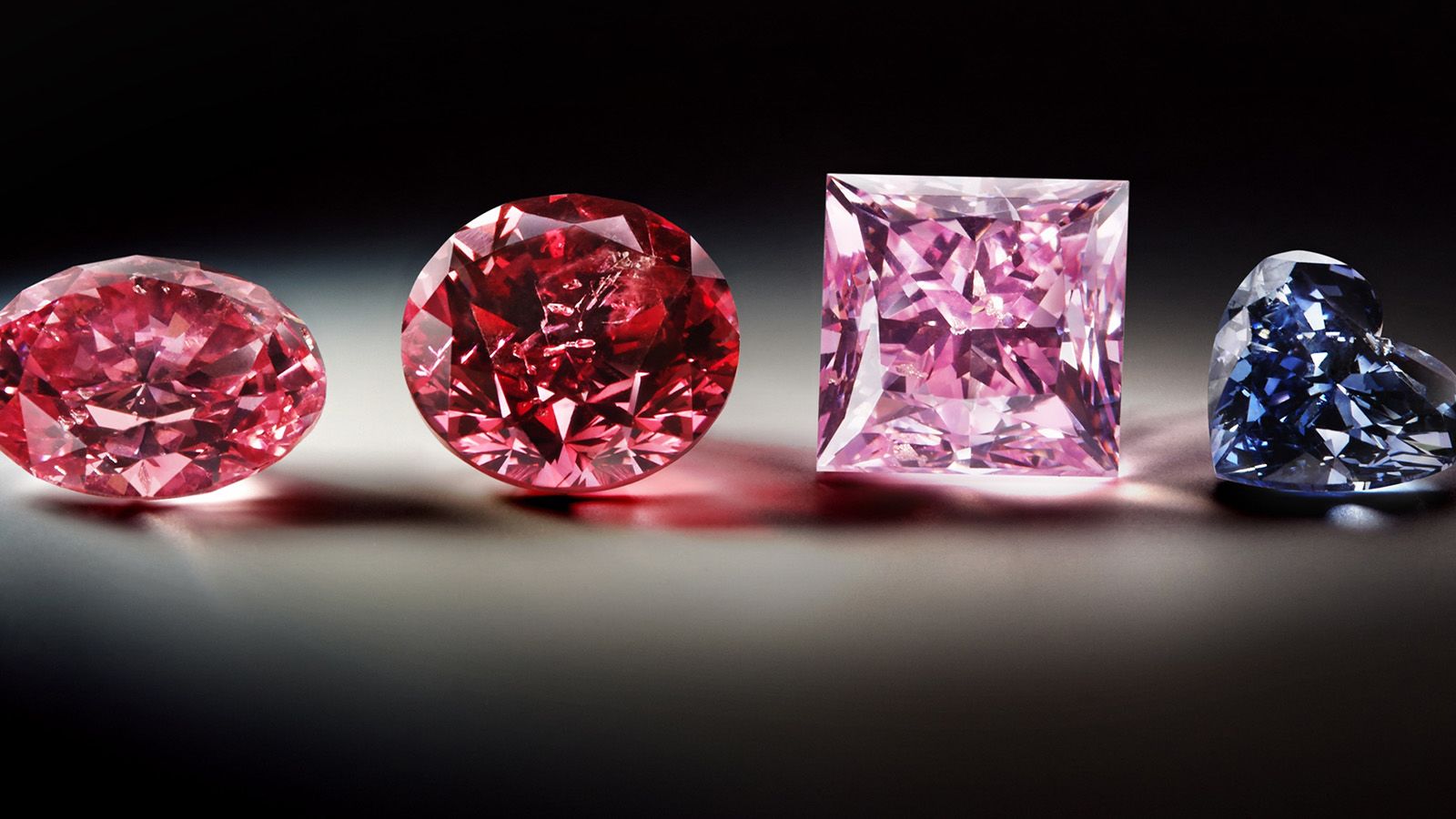Are Lab-Grown Diamonds Better?

Table of Contents
Introduction
Diamonds have long been symbols of luxury, love, and eternal commitment. But as technology evolves, so do our choices. Today, an intriguing question arises: Are lab grown diamonds better than their natural counterparts? What drives the rising popularity of these man-made gems, and how do they stack up against the traditional stones mined from the earth? Let’s dive into the sparkling world of diamonds and explore the facets of this modern debate.
What Are Lab-Grown Diamonds?
Lab-grown diamonds, also known as synthetic or cultured diamonds, are created in a controlled laboratory environment. They are chemically, physically, and optically identical to natural diamonds. The primary methods for creating these diamonds are High Pressure High Temperature (HPHT) and Chemical Vapor Deposition (CVD).
Advantages of Lab-Grown Diamonds
Environmental Impact
-
- Sustainability: One of the most significant advantages of lab-grown diamonds is their minimal environmental impact. Traditional diamond mining can lead to deforestation, soil erosion, and loss of biodiversity. In contrast, lab-grown diamonds require fewer resources and energy, making them a more sustainable choice.
- Reduced Carbon Footprint: The process of creating lab-grown diamonds has a lower carbon footprint compared to mining. This is particularly appealing in a world increasingly concerned about climate change and environmental conservation.
Ethical Considerations
-
- Conflict-Free: Lab-grown diamonds are guaranteed to be conflict-free. They eliminate the ethical dilemmas associated with “blood diamonds,” which are mined in war zones and sold to finance armed conflict against governments.
- Transparency: The origin of lab-grown diamonds is clear and traceable, providing consumers with peace of mind regarding the ethical implications of their purchase.
Cost Efficiency
-
- Affordability: Lab-grown diamonds are typically 20-40% less expensive than natural diamonds. This cost efficiency allows consumers to purchase larger or higher quality stones within the same budget.
- Value for Money: Given their lower price point, lab-grown diamonds offer excellent value for money without compromising on quality or beauty.
Comparison with Natural Diamonds
Aesthetic and Quality
-
- Appearance: Both lab-grown and natural diamonds exhibit the same brilliance and sparkle. Advanced technology ensures that lab-grown diamonds are virtually indistinguishable from natural ones to the naked eye.
- Quality: Lab-grown diamonds can be produced with fewer inclusions and flaws compared to natural diamonds, often resulting in a higher clarity.
Market Perception
-
- Status Symbol: Historically, natural diamonds have been seen as a status symbol due to their rarity and historical significance. This perception still holds sway for many consumers.
- Acceptance: While lab-grown diamonds are gaining acceptance, there remains a segment of consumers who prefer the traditional allure of natural diamonds.
The Future of the Diamond Industry
The diamond industry is evolving with the increasing acceptance of lab-grown diamonds. Major jewelry retailers are now offering lab-grown options alongside natural lab created diamonds, reflecting a shift in consumer preferences. This trend suggests a growing market for sustainable and ethical luxury products.
Conclusion
Are lab-grown diamonds better? The answer depends on individual values and priorities. If sustainability, ethical sourcing, and cost efficiency are paramount, then lab-grown diamonds present a compelling choice. However, if the historical prestige and traditional appeal of natural diamonds hold more significance, then natural diamonds may remain the preferred option. Ultimately, both types of diamonds offer unique benefits, and the best choice is the one that aligns with your personal values and desires. In this ever-changing market, one thing remains clear: the future of diamonds is bright, whether they come from the earth or a lab.

 Ready to Ship Engagement Rings in Singapore: A Perfect Choice for Your Special Moment
Ready to Ship Engagement Rings in Singapore: A Perfect Choice for Your Special Moment  Navigating Cross-Border Investment Management for Canada-U.S. Dual Citizens
Navigating Cross-Border Investment Management for Canada-U.S. Dual Citizens  GIA vs IGI: Understanding the Differences in Diamond Grading
GIA vs IGI: Understanding the Differences in Diamond Grading  Breaking the Stigma: Why Small Business Loans are a Smart Investment, Not a Debt Sentence
Breaking the Stigma: Why Small Business Loans are a Smart Investment, Not a Debt Sentence  Lab Diamonds Demystified: Understanding the 4Cs for Smart Shopping
Lab Diamonds Demystified: Understanding the 4Cs for Smart Shopping  What is VAT MOSS?
What is VAT MOSS?  The Evolution of Traffic Laws: How Road Regulations Have Changed Over Time
The Evolution of Traffic Laws: How Road Regulations Have Changed Over Time  Are LLCs More Cost-Effective Than Corporations? Exploring the Costs of Formation
Are LLCs More Cost-Effective Than Corporations? Exploring the Costs of Formation  The Allure of Pink Diamonds: Nature’s Rare Treasure
The Allure of Pink Diamonds: Nature’s Rare Treasure